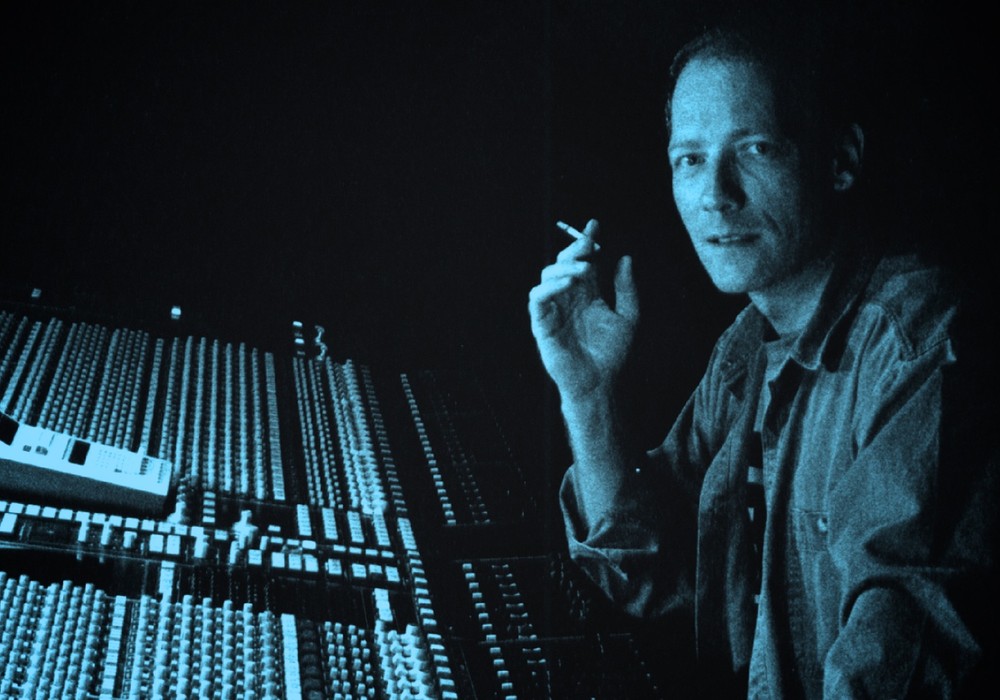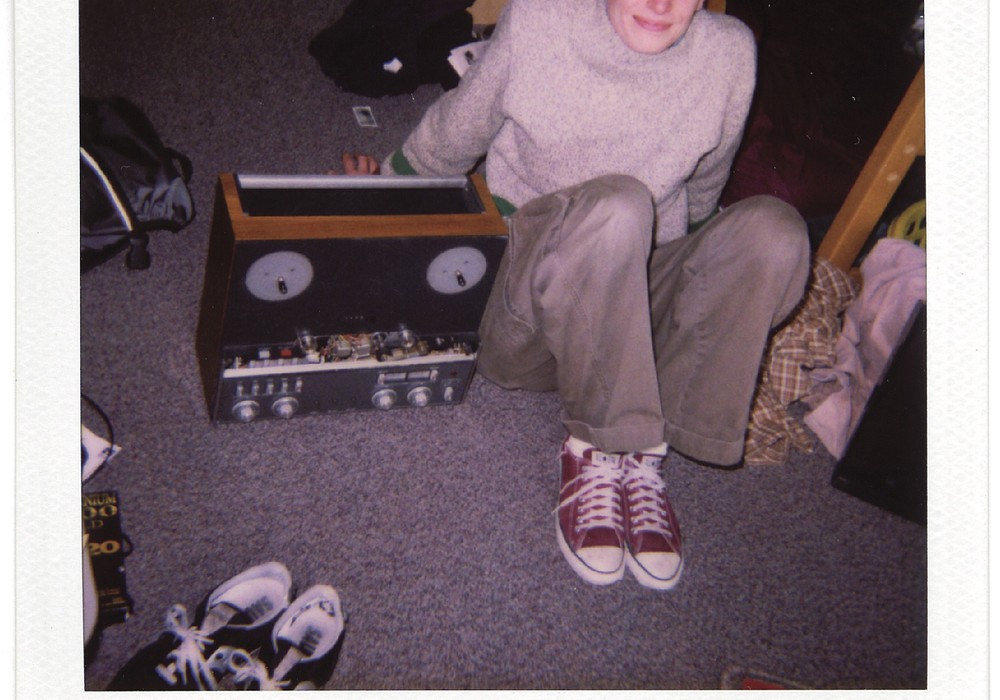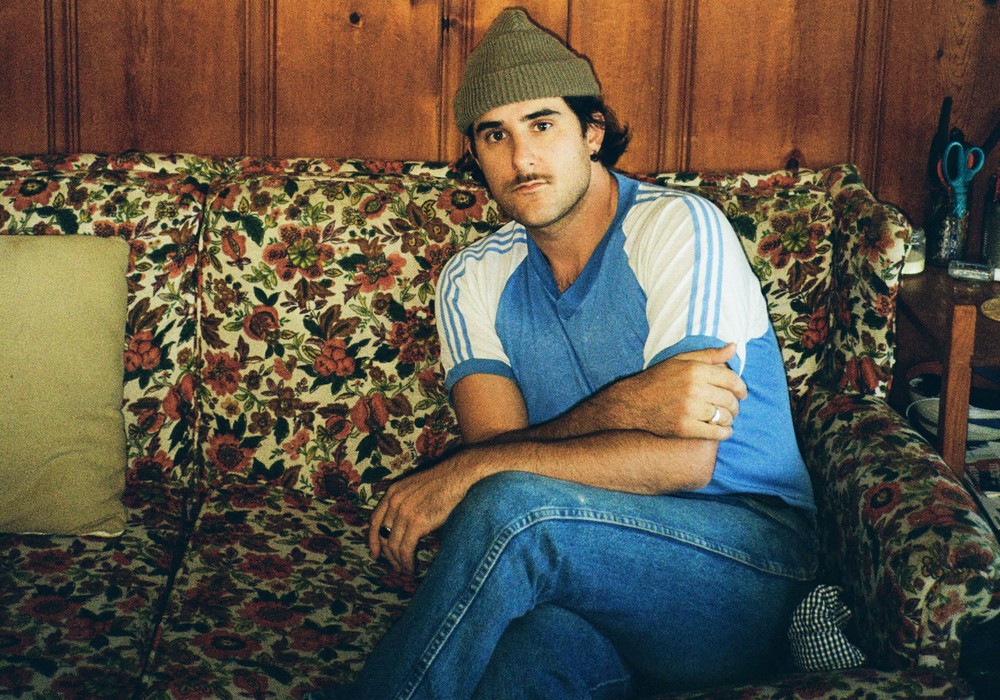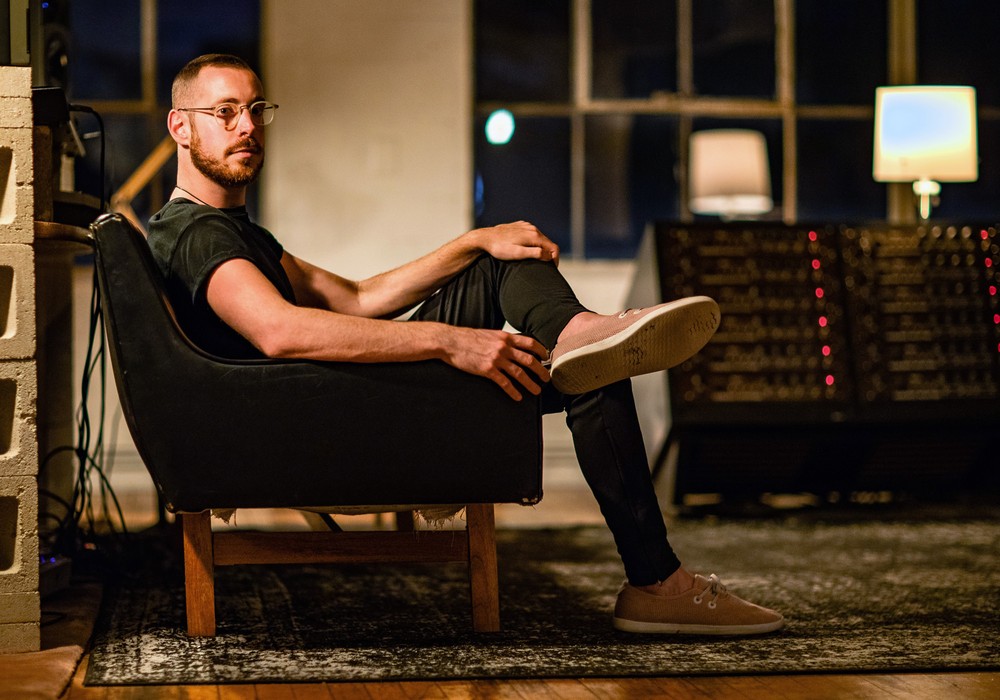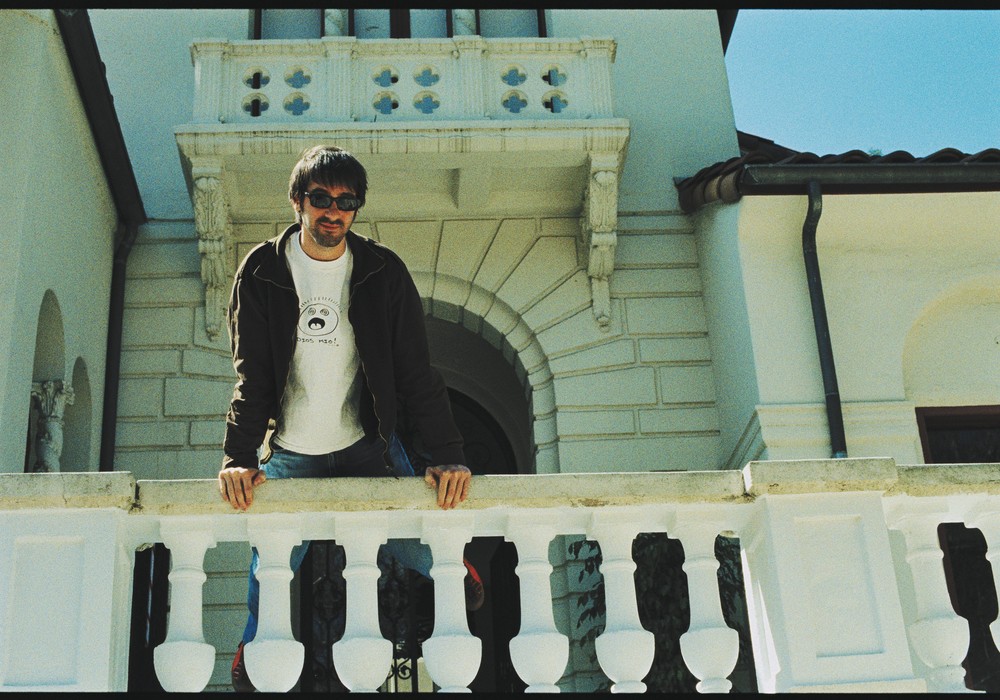Pianist Bruce Brubaker straddles a world where the edge of classical music intersects with experimental, electronica, and a lot of newer music. His numerous albums include interpretations of works by Philip Glass, Meredith Monk, Nico Muhly, John Adams, and now, Brian Eno [Tape Op #85]. With his recent release, Eno Piano, Bruce tackles three of the four tracks off Eno's tape loop-based Ambient 1: Music for Airports, plus a handful of other Eno tracks. I was curious how a pianist would learn, arrange, perform, and record these tracks. Plus, I noticed there was some wild electromagnetically-sustained piano trickery at work as well. What were these recording sessions like? I had to know more!
I have been fascinated by Brian Eno for decades. I'm sure you have been too.
Yeah, definitely.
I don't even know how to describe the composition of Ambient 1: Music for Airports.
That the whole concept we have around the idea of composing... it almost doesn't apply to that. He's making something else, to the point where I've almost wondered whether "music" is the right word. It is music, but it is a music that has much less expectation in it. There isn't this thing that we often get in music, which is a story – even in wordless pieces – where there's a beginning, middle, and ending with development and a goal. With Brian, certainly some of his best music doesn't have a goal. It's just existing.
One of my favorite Eno pieces is “Discreet Music” [from the album Discreet Music]. I listen to it at least once a week while I'm falling asleep, and it always takes me somewhere different.
Well, when he talks about ambient music, he says it should be possible to pay attention to it, but it should also be possible to ignore it. Neither one of those is more, or less, valid. People will use it in different ways, and that's all fine. And we're not going to say that if you're not paying attention to every sound and listening attentively, you're somehow not as good as the other person who's really paying attention. It's all possible. We know that's true of all music anyway, but it's especially true of this open-ended… I guess we'll call it “ambient music.”
When did you first think of doing mostly pieces from Music for Airports as an album?
It started with the idea of just doing Music for Airports, and I guess I was already talking about it at least five years ago, but I was trying to remember now whether it was before 2018. Somewhere around there. We were set up to record in 2020, but the pandemic came along, and we were not able to do it. In a sense it was good, because I was able to go back and put in a lot more detail from listening to the albums very carefully. I added these other pieces that got recorded; some of those are on this album and then there are a couple more that'll come out later on.
Which one is missing? Is it “1/2?”
That'll be coming out.
Oh, cool.
It's a piano piece with the other swirling vocals around it, and it's a good one to play on the piano. But it turned out that the label wanted this album to be quite short, and it made sense to save some for the next release. The next release also has a re-edited version of the first Airports piece ["1/1"], a different part of the piece.
Is it something you wanted to present as an alternative?
Well, as you know, "1/1" is a big, big loop. It keeps going around, and in about four minutes it covers all the material in the piece. Then timing happens differently, but the basic theme keeps repeating. Our new version will essentially be a brief version. It'll just have all the material of the piece. Some of these other sounds around the piano, which do change throughout that piece, are going to be in there in a slightly different way than they are in the one. Conceivably, somebody could loop it. There are versions online of a ten-hour-long Music for Airports.
Cascading loops, all starting at different times.
Of course, as the way he made it in the first place. There were these several different loops which had been recorded from live playing. But when we hear "1/1" on the original album – it sounds like a pianist playing – it's not just one pianist playing in real time. It's an overlay of a couple of loops. When I started trying to do it in real time, playing it live, I felt I was imitating something. But then what he did in the first place was an imitation of something too. It wasn't real. There are these layers of unreality or imitation. I did this...
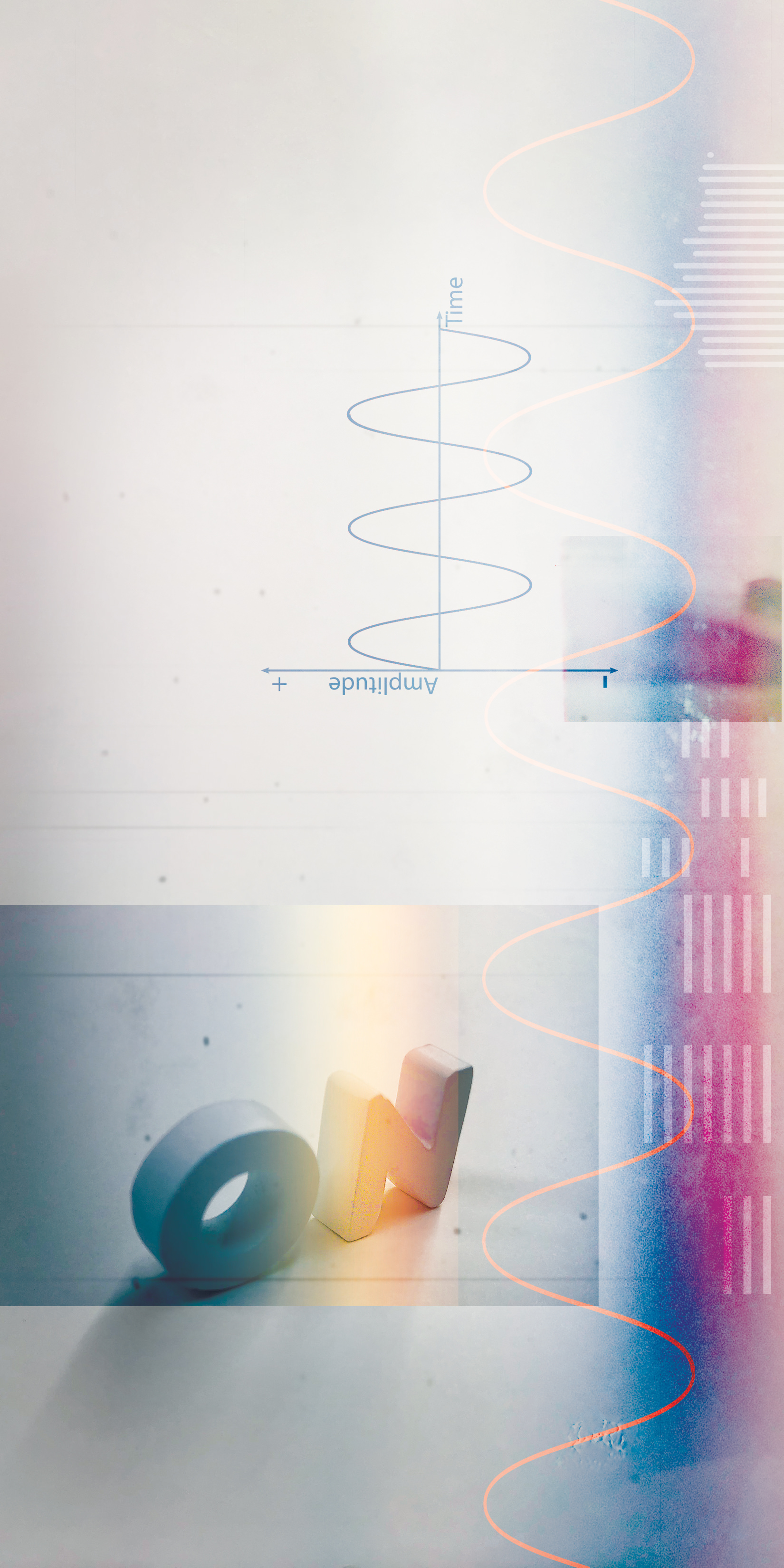



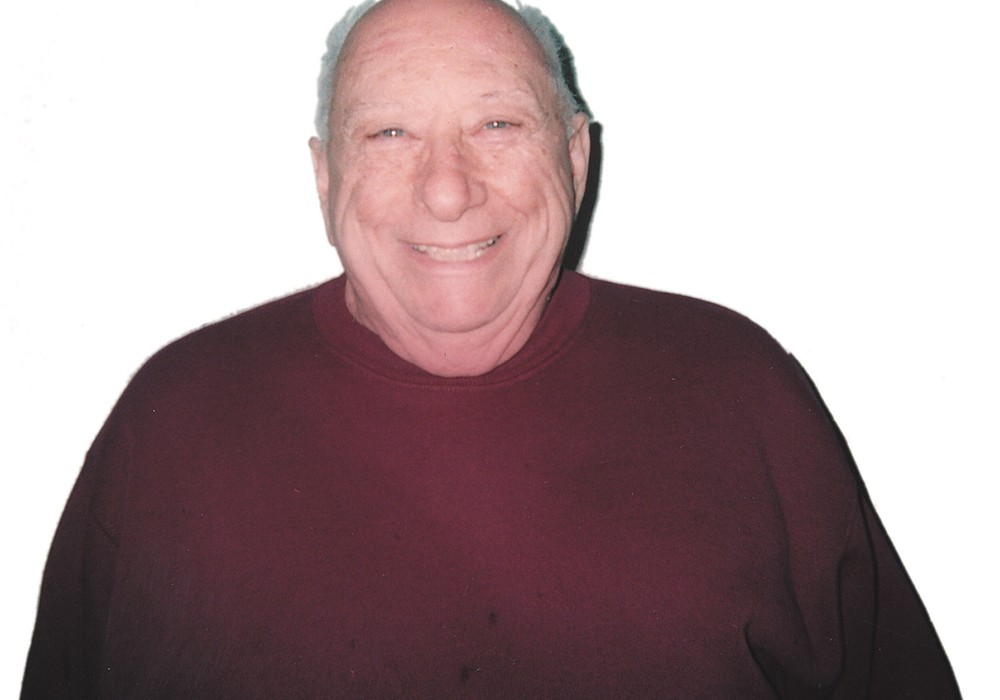
_display_horizontal.jpeg)
